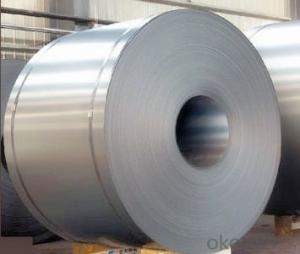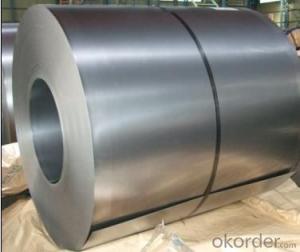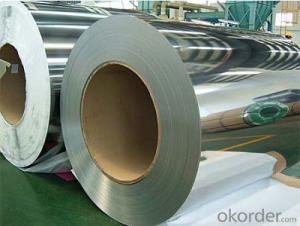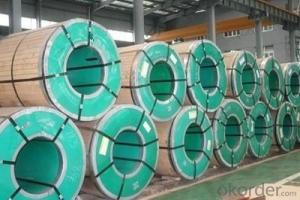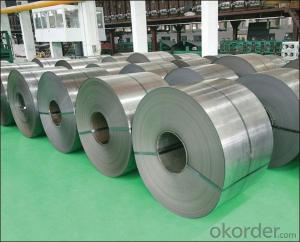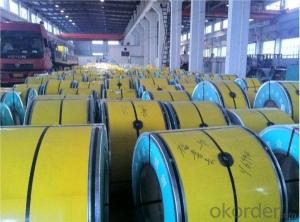Thin Stainless Steel Sheets
Thin Stainless Steel Sheets Related Searches
Best Paint For Stainless Steel Blanket Insulation For Steel Buildings Primer For Galvanized Steel Foam Filter For Stainless Steel H S Code For Stainless Steel Surface Grinding Wheels For Stainless Steel Surface Grinding Wheels For Hardened Steel Hole Saw For Stainless Steel Paint For Stainless Steel Stainless Steel For BbqHot Searches
Steel Mesh Panels For Sale Price For Stainless Steel Scrap Scrap Price For Stainless Steel Price For Stainless Steel Stainless Steel Tank For Sale Stainless Steel Sheets For Sale Cheap High Tea Sets For Sale Stainless Steel Tanks For Sale Stainless Steel For Sale High Density Fiberboard For Sale Solar Hot Water Collectors For Sale Scaffolding For Sale In Uae Scaffolding For Sale In Ireland Scaffolding For Sale In Houston Type Of Inverter For Solar Price Of Shipping Containers For Sale Types Of Inverter For Solar Stock Price For Aluminum Used Solar Inverter For Sale Steel Mesh Panels For SaleThin Stainless Steel Sheets Supplier & Manufacturer from China
Okorder.com is a professional Thin Stainless Steel Sheets supplier & manufacturer, offers integrated one-stop services including real-time quoting and online cargo tracking. We are funded by CNBM Group, a Fortune 500 enterprise and the largest Thin Stainless Steel Sheets firm in China.Hot Products
FAQ
- Yes, stainless steel strips can be plated or coated with another metal. This process, known as electroplating or coating, involves applying a thin layer of a different metal onto the stainless steel surface. This is often done to improve the appearance, corrosion resistance, or other properties of the stainless steel strips.
- There are several factors that can affect the weldability of 111 stainless steel strips. 1. Composition: The chemical composition of the stainless steel strips, including the amount of carbon, chromium, nickel, and other alloying elements, can greatly impact their weldability. Higher carbon content can lead to higher susceptibility to cracking during welding, while the presence of certain alloying elements can improve weldability. 2. Heat input: The heat input during welding, which is a combination of current, voltage, and travel speed, can influence the weldability of stainless steel strips. Excessive heat input can cause the material to overheat, leading to distortion, loss of corrosion resistance, and even cracking. 3. Pre-weld and post-weld treatments: Proper surface preparation, including cleaning and removal of contaminants, is essential to ensure good weldability. Additionally, post-weld treatments such as annealing or stress relieving may be required to minimize distortion and reduce residual stresses that could affect the integrity of the weld. 4. Welding process: The choice of welding process, such as gas tungsten arc welding (GTAW) or gas metal arc welding (GMAW), can impact the weldability of stainless steel strips. Certain processes may require the use of specific shielding gases or filler materials to achieve optimal weld quality. 5. Joint design: The design of the joint, including the type of joint and its dimensions, can also influence the weldability of stainless steel strips. Proper joint design can ensure good fit-up and reduce the risk of weld defects, such as lack of fusion or excessive porosity. 6. Welder skill and technique: The skill and technique of the welder can significantly affect the weldability of stainless steel strips. Proper welding techniques, such as maintaining the correct arc length, controlling the heat input, and ensuring consistent travel speed, are crucial to achieving sound and defect-free welds. By considering these factors and implementing appropriate measures, the weldability of 111 stainless steel strips can be optimized, resulting in high-quality welds with good mechanical properties and corrosion resistance.
- The recommended storage conditions for 111 stainless steel strips include keeping them in a dry and clean environment, away from exposure to moisture, humidity, and corrosive substances. It is advisable to store them in a covered area with stable temperatures and low humidity levels. For transportation, it is crucial to protect the strips from physical damage and prevent contact with moisture or corrosive materials. Using appropriate packaging materials and ensuring secure handling during transit is highly recommended.
- Stainless steel strips resist stress corrosion cracking (SCC) due to their unique composition and properties. The primary factor that enables stainless steel to resist SCC is the presence of chromium. Chromium forms a passive oxide layer on the surface of the steel, which acts as a protective barrier against corrosive environments. This passive oxide layer, also known as the chromium oxide film, is self-repairing and continually forms even if it gets damaged or scratched. It effectively prevents the penetration of corrosive agents, such as chlorides, into the material, thereby inhibiting the initiation and propagation of stress corrosion cracking. Furthermore, stainless steel strips also contain nickel, molybdenum, and other alloying elements, which contribute to their enhanced resistance to SCC. Nickel improves the stability of the oxide layer and increases the overall resistance to corrosion. Molybdenum, on the other hand, enhances the material's resistance to pitting and crevice corrosion, which are often associated with SCC. The microstructure of stainless steel also plays a crucial role in its resistance to SCC. Stainless steel strips are typically engineered to have a fine-grained microstructure, which further enhances their resistance to corrosion. Fine grain size reduces the susceptibility to intergranular corrosion, a common precursor to stress corrosion cracking. In addition to the material composition, surface treatments and finishes can also contribute to the resistance against SCC. Passivation, pickling, or electropolishing processes can remove contaminants and enhance the formation of the protective oxide layer on the surface of the stainless steel strips. Overall, stainless steel strips resist stress corrosion cracking through the combined effects of the chromium oxide film, alloying elements, fine-grained microstructure, and appropriate surface treatments. These factors work together to provide excellent corrosion resistance, making stainless steel strips a reliable and durable material choice for various applications.
- Undoubtedly, stainless steel strips are suitable for medical equipment. The utilization of stainless steel is prevalent in the production of medical devices owing to its exceptional properties. First and foremost, stainless steel possesses a high resistance to corrosion, which renders it ideal for medical devices exposed to bodily fluids and sterilization procedures. Moreover, it boasts remarkable strength and durability, enabling the equipment to endure the demands of everyday usage. In addition, stainless steel is non-reactive, ensuring that it does not release any harmful chemicals or substances into the patient's body. This, in turn, establishes it as a safe and hygienic option for medical purposes. Furthermore, stainless steel is easily cleaned and maintained, guaranteeing a superior level of cleanliness and preventing the proliferation of bacteria. All in all, stainless steel strips provide the necessary qualities requisite for medical equipment, making them an appropriate choice within the healthcare sector.
- The minimum order quantity for stainless steel strips can vary depending on the supplier or manufacturer. Generally, the minimum order quantity for stainless steel strips can range from a few hundred kilograms to several tons. It is important to note that the minimum order quantity is often determined by factors such as production capacity, material availability, and cost-effectiveness for both the supplier and the buyer. Therefore, it is recommended to contact specific suppliers or manufacturers to inquire about their minimum order quantity for stainless steel strips.
- Stainless steel strips boast an impressively extended lifespan, enduring for numerous decades, or even surpassing such periods. The robustness and resistance to corrosion make stainless steel highly impervious to rust, tarnishing, and deterioration. The specific durability of stainless steel strips relies on diverse elements, including the stainless steel grade employed, the environmental circumstances of their usage or storage, and the level of upkeep they receive. Nevertheless, with meticulous care and maintenance, stainless steel strips can persist for a lifetime, rendering them an exceptional selection for a wide range of applications in sectors such as construction, automotive, and manufacturing.
- Yes, stainless steel strips can be used for pressure vessels. Stainless steel is known for its high strength, corrosion resistance, and durability, making it suitable for various applications, including pressure vessels. It is commonly used in industries such as oil and gas, chemical processing, and food processing. Stainless steel strips are often used to fabricate pressure vessels due to their flexibility and ease of shaping into the desired form. Additionally, stainless steel has excellent mechanical properties, allowing it to withstand high pressures and temperature variations. However, it is important to consider the specific requirements and standards for pressure vessels in each application to ensure that the chosen stainless steel grade and strip thickness meet the necessary criteria.































